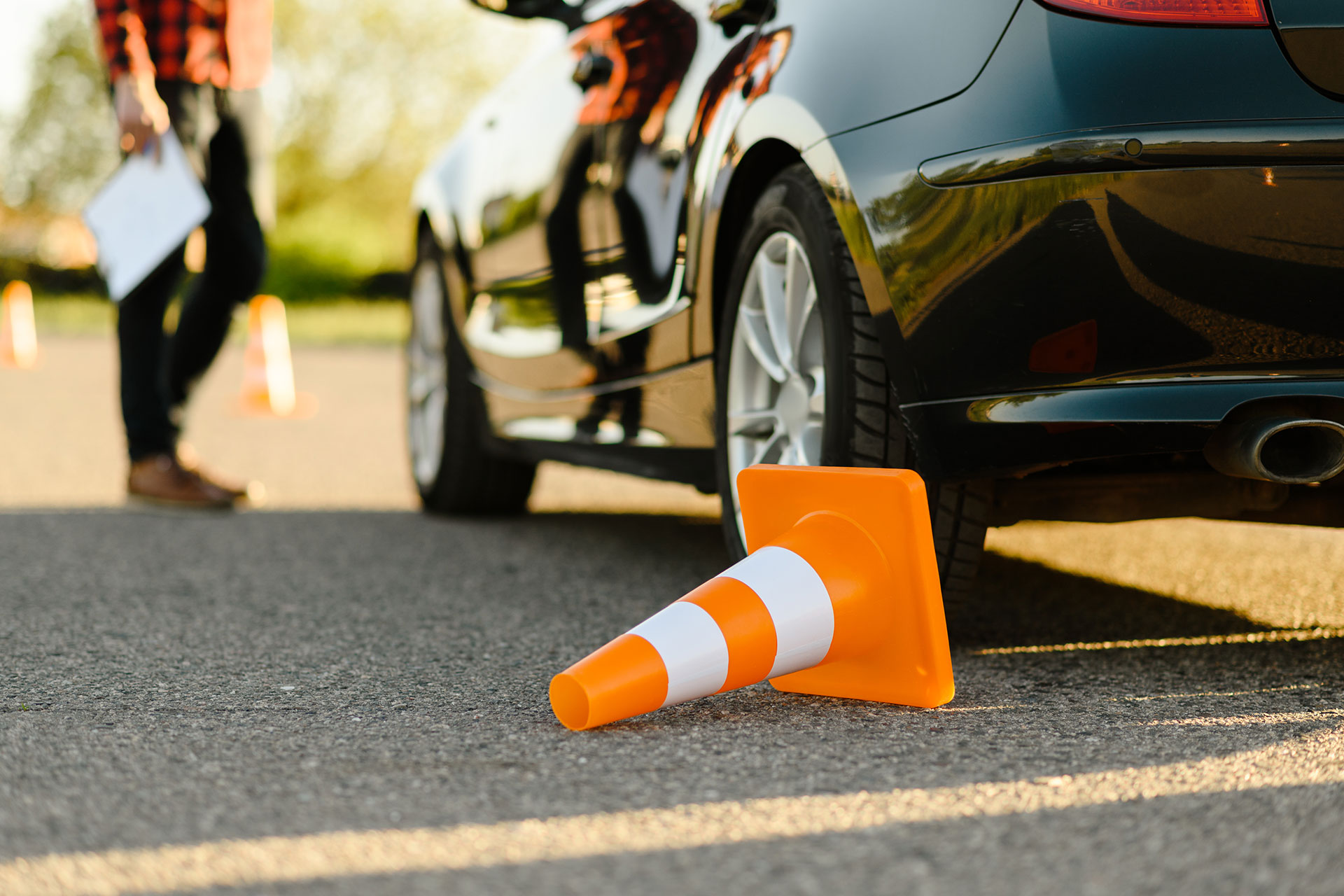As the temperature decreases and snowflakes begin to fall, driving can become a difficult endeavor. Winter driving necessitates extra vigilance and planning to protect the safety of both the driver and other road users. Whether you’re a seasoned winter driver or this is your first frigid season behind the wheel, these 10 winter driving precautions can help you stay safe.
1 Get Your Vehicle Ready
It is critical to prepare your vehicle for winter weather before driving out onto ice roadways. To guarantee adequate traction, check the tread depth and pressure of your tires. Change to winter or all-weather tires for better traction on slippery and snowy areas. It’s also a good idea to fill off your antifreeze, check your battery, and make sure all of your lights are operating properly.
2 High Visibility
Before driving, always clear snow and ice from all windows, mirrors, and lights. Remove ice from windows and mirrors with a scraper. Keep a snowbrush on hand to ensure clean visibility on your journey.
3 Decrease Speed
Slippery roads necessitate slower speeds. To avoid skids, slowly accelerate, brake, and steer. Allow enough space between your vehicle and the vehicle ahead to allow for longer stopping distances.
4 Avoid Sudden Movements
On slippery roads, sudden moves can result in a loss of control. Maintaining traction requires smooth and steady movements. Avoid rapid turns, sudden acceleration, and braking.
5 Utilize Proper Lighting
Winter days are frequently gloomy, making vision difficult. Even during the day, use your headlights to ensure you’re visible to other cars. Keep your lights clean to get the most out of them.
6 Use Your Brakes Wisely
Braking on snowy roads takes skill. If your car has an anti-lock braking system (ABS), press the brake pedal firmly and consistently. If not, employ the “threshold” or “cadence” braking technique to prevent skidding: softly apply and release the brakes in a pulsating motion.
7 Be Aware of Your Braking Systems
Understanding your car’s braking systems can save your life. Electronic stability control (ESC) and traction control are features found in some modern vehicles. Learn how to use these platforms and become acquainted with them.
8 Avoid Black Ice
Black ice is a thin layer of ice that accumulates on the road and is practically undetectable. It’s extremely slick and frequently catches vehicles off unprepared. When temperatures are near freezing, use caution, especially on bridges, overpasses, and in shady places.
9 Think Ahead
Before you leave, check the weather forecast and road conditions. If the weather is bad, consider postponing your journey if feasible. Give someone your route and expected arrival time so they know when to expect you.
10 Emergency Preparedness Kit
During the winter, keep an emergency kit in your car at all times. A blanket, additional clothing, a flashlight, batteries, non-perishable snacks, water, first aid materials, and any necessary medications should be included in this kit.
Final Words
Winter driving requires a distinct set of skills and safeguards. By following these ten tips, you may considerably improve your own and others’ safety while driving on winter roads. Remember that the goal is to drive cautiously, to be prepared, and to react to changing road conditions. To have a safe and smooth winter driving experience, stay vigilant, patient, and considerate.


